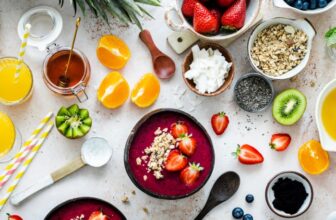
When it comes to brewing the most important part about the bottling and kegging process is to keep the beer from being contaminated by the yeast and limiting its contact with oxygen. However, there are many things that breweries must also do to get the best out of beer and preserve its shelf life. Bottling beer is the final hurdle and when it comes to the brewing process several steps need to be taken to preserve the beverage. Let us take a look at what is involved and learn a few tips on how you can do this quickly and easily at home.
Bottling of Beer
As beer usually undergoes a fermenting process it must only encounter clean and sanitised equipment. Most breweries have bottling equipment that can dispense beers properly into bottles with little trouble. However, at home, you may only have a bucket and a syphon tube. If you have a bottling bucket, make sure to fill it with sanitising solution and everything you will be using to bottle the beer. Once everything is cleaned properly you can begin the bottling process.
Preparing the Bottles
Ensure that you have the right equipment before you do this such as a bottling tree and bottle sanitiser to make the process as easy as possible. Fill the bottle injector up with no-rinse sanitiser and begin pumping the solution into the bottles. Next sanitise the bottle caps in a bowl of no rinse sanitiser ready to seal the bottles when they are filled. Once everything is sanitised and rinsed you can begin transferring the beer into the bottling bucket. Add the cooled priming sugar solution to the bucket and syphon the beer. This process should do a great job of mixing the solution and beer, making your job much easier!
Now it is time to fill the bottles, attach the bottling wand to the tap at the base of the bottling bucket, and place the other end of the wand into the bottles. Open the tap and start filling the bottles by putting pressure on the tip of the wand. Once a bottle is filling you can simply place a cap on the top and immediately seal the bottle. This will reduce the chance of the beer encountering the air and prevent spillage. Fill each bottle, seal, and label them with the date they were brewed and store them away for a minimum of three weeks.
Keeping it Simple
Bottling can involve a lot of cleaning and can be tricky when keeping its contact with oxygen to a minimum. Being thorough in your sanitisation process is crucial, which means cleaning bottles and equipment before bottling begins. Keeping your equipment clean will avoid your beer spoiling and preserve the valuable work and time gone into brewing.
Getting Started
If you are starting up are in home brewing there are a few things you are going to need to start your journey with ease. Here, are a few basic home tools to help you succeed in brewing and bottling!
- Fermentation vessels
- Various hoses for siphoning beer from one container to another or to fill bottles
- An airlock so that carbon dioxide can escape the fermentation vessel, but air cannot get in
- Some cleaning equipment for washing your fermenters, bottles and hoses
- Floating thermometer
- Floating hydrometer
- Bottle capper
- Funnel




